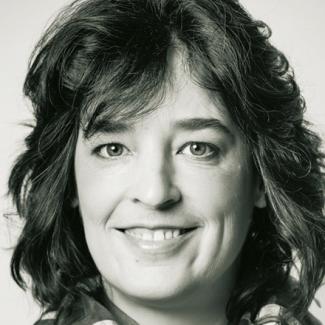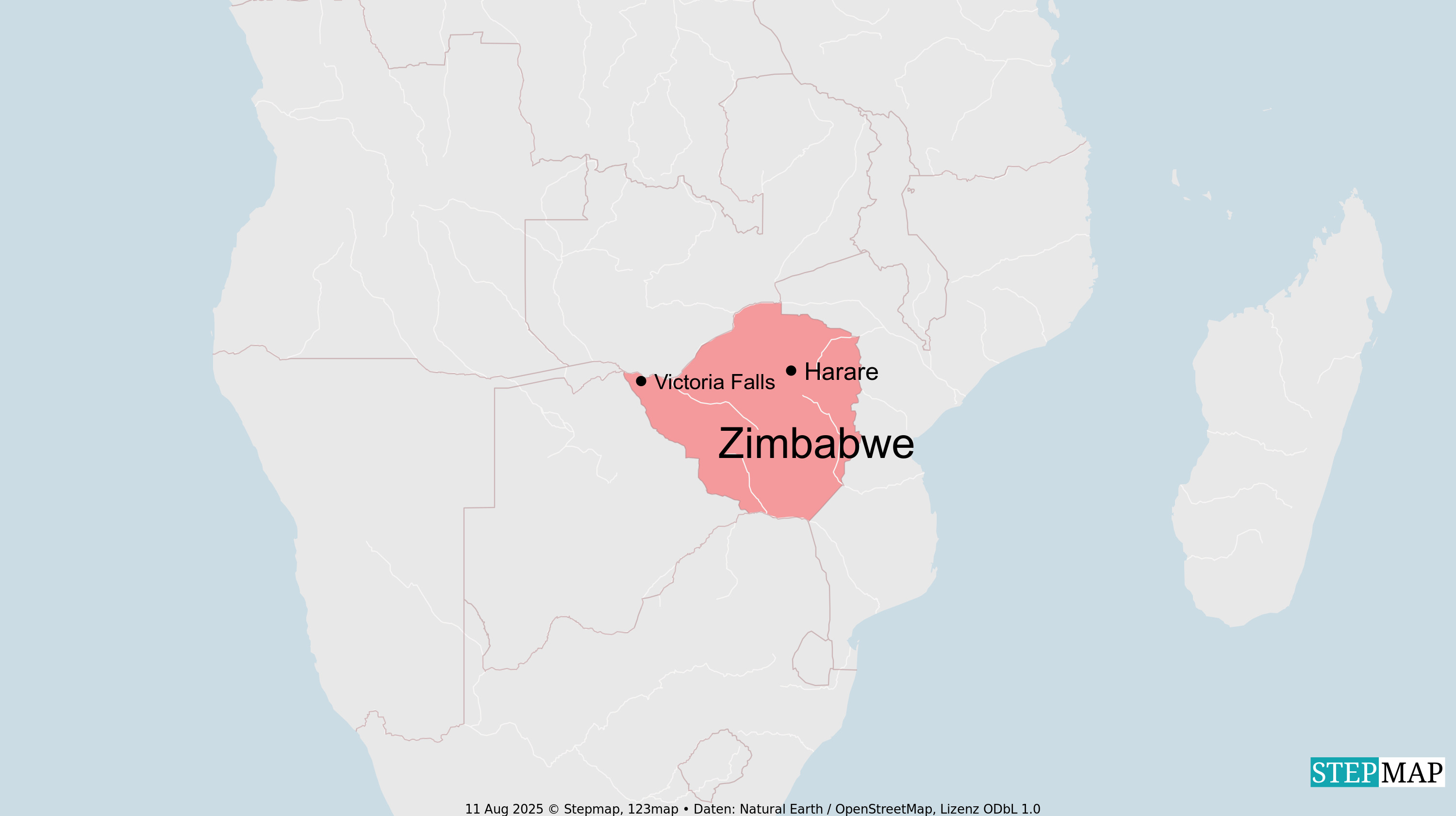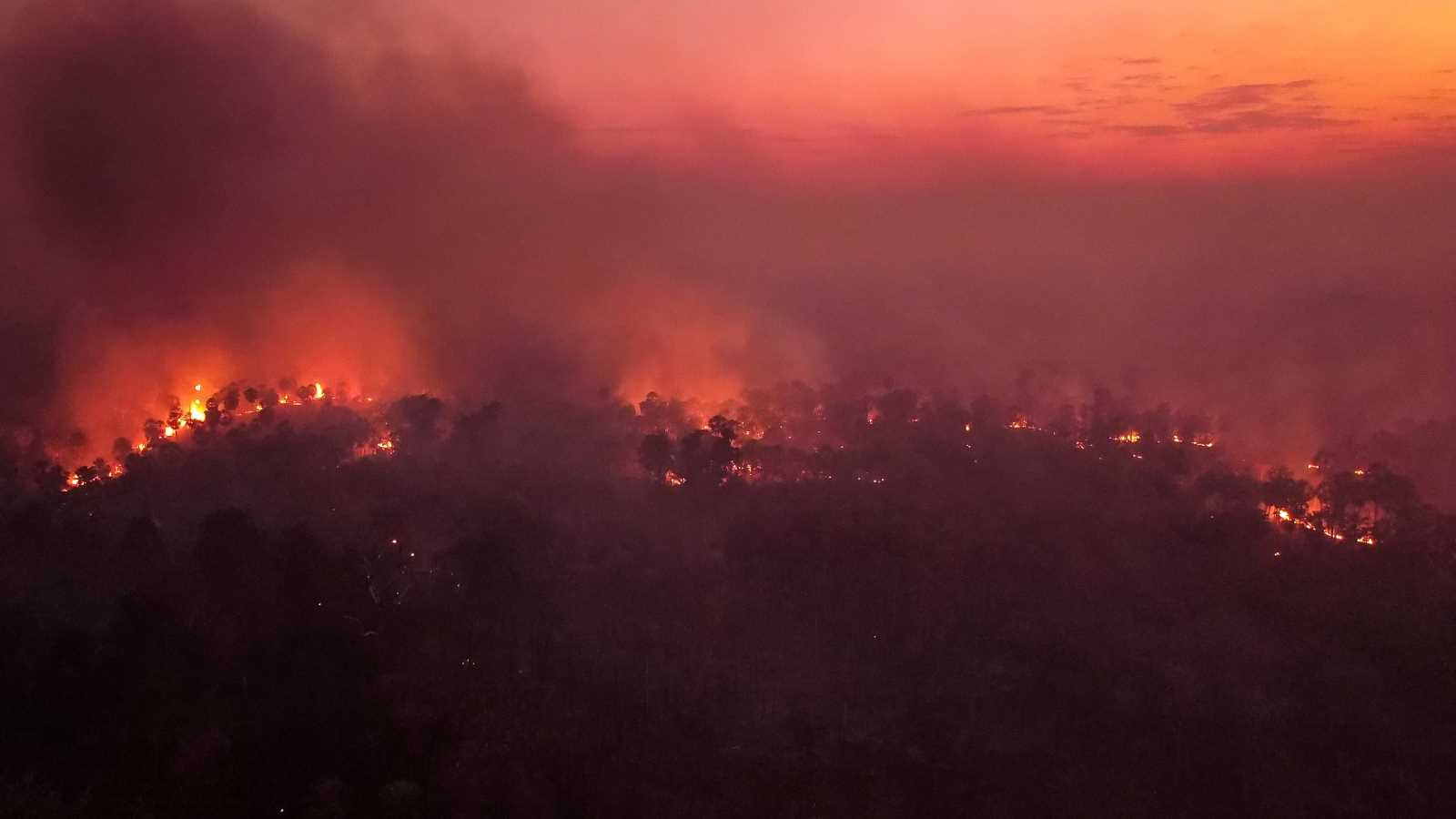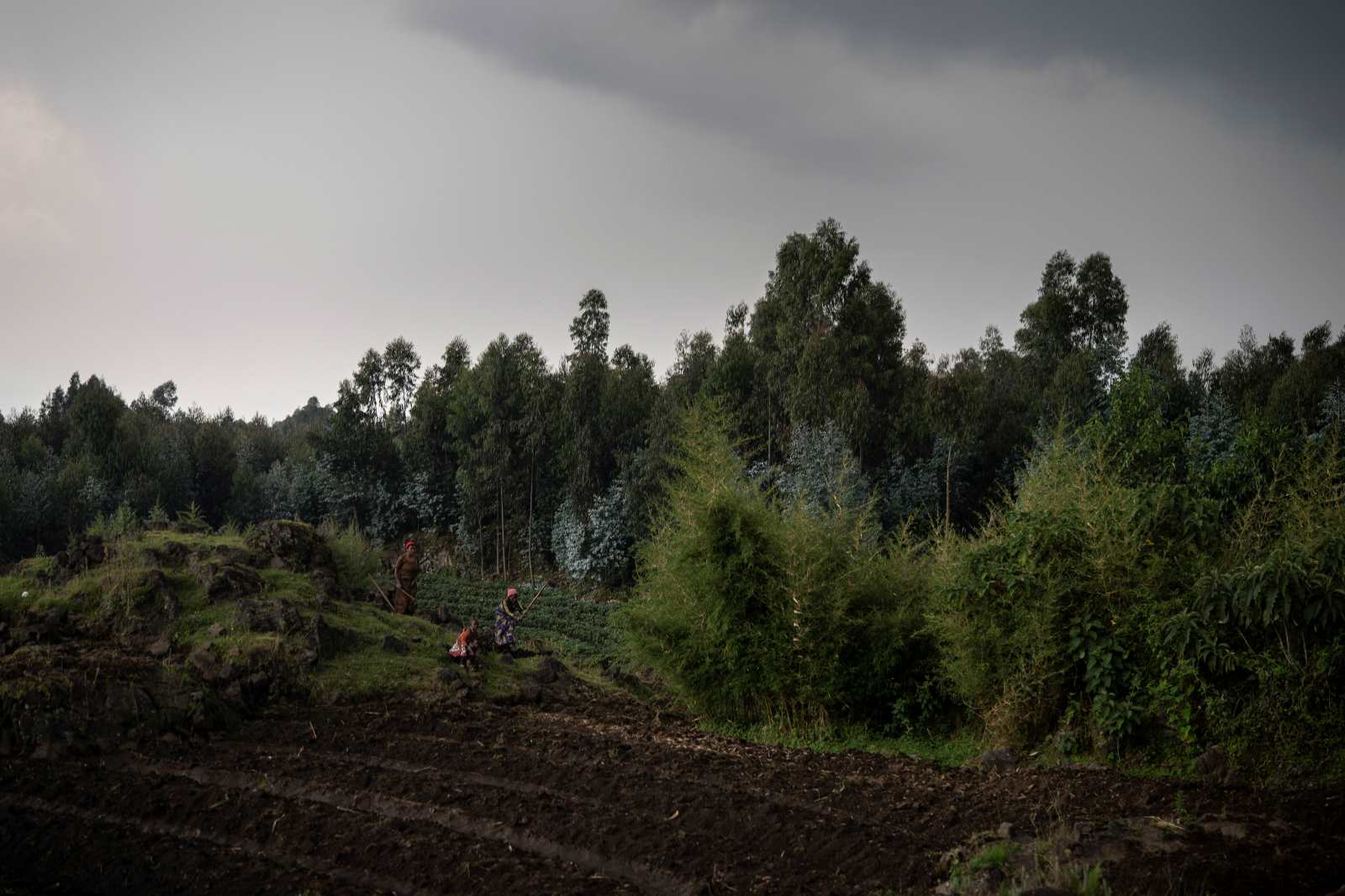Biodiversity
Our coffee is in danger
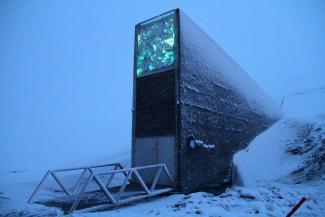
In Germany alone, an average of 168 litres of coffee are being drunk every year. But having a morning cup of coffee is becoming more and more expensive. The retail price of coffee on commodity markets has sharply increased recently. As a result, Tchibo, Germany’s leading coffee roaster, raised its prices at the beginning of last year for the second time in nine months.
There are many reasons for this trend. The climate crisis is causing crop failures in the producer regions along the coffee belt in the southern hemisphere. However, the focus on only two coffee varieties is also contributing to price increases. “There are 124 species of coffee. But only two – coffea arabica and coffea canephora, better known as robusta – together make up 99 % of our coffee harvest,” says botanist Aaron Davis of the Kew Royal Botanical Gardens in Sussex.
While robusta flourishes in lower, hotter conditions and produces beans that contain more caffeine, arabica delivers milder, more subtle coffees. Arabica represents about 60 % of the global coffee production. Arabica plants are very sensitive to extreme weather, though: too much sunshine and temperatures that are too high or too low impact the yield and impair the flavour.
If the climate changes, yields and quality suffer. This means as well that the livelihoods of many people who depend on coffee cultivation are at risk. Recently, drought followed by snow and cold led to crop failures in Brazil, one of the largest coffee producers in the world. Climate researchers are now investigating whether in the future coffee plants will be able to thrive at all in the regions where they have always been cultivated.
The outlook is poor. “In the case of moderate climate change, the world could lose half of its best coffee croplands,” write researchers from the Zurich University of Applied Sciences (ZHAW) in a recently published study. In the mildest global warming scenario, the most productive areas will decline by 76 % until 2050 in Brazil alone. According to a similar study by the Potsdam Institute for Climate Impact Research (PIK), southwestern Ethiopia could lose almost half of its cultivation areas in the coming decades. Most of the classic growing regions will probably have to be moved, the researchers believe.
The consequences will be grave not only for coffee drinkers. “If coffee regions lose their status due to climate change, the livelihoods of small farmers will be threatened,” says agricultural economist Christoph Gornott, co-author of the PIK study. If they were forced to switch to growing less palatable and more bitter coffee varieties, they would be competing with industrial cultivation systems, which are more efficient in other parts of the world.
The last reservoir of genetic diversity
Maintaining biodiversity for coffee cultivation as growing regions continue to shrink has become a race against time. It is unclear whether crop failures and the relocation of coffee plantations into previously atypical regions will have a long-term impact on quality. “We need local solutions and adaptation measures that give small farmers the necessary knowledge and tools to learn better soil management and practice sustainable cultivation,” says Stefan Ruge of the coffee industry’s “Coffee and Climate” initiative.
Yet small farmers throughout the coffee belt have been struggling with the consequences of the climate crisis for some time. Unusually high temperatures and high rainfall promote coffee leaf rust. This fungus covers the leaves and “suffocates” the plants so that they put out fewer blossoms and bear very little fruit. Other pests, like the coffee berry borer, are afflicting plants as well.
Arabica coffee has long been considered a threatened species on the International Union for Conservation of Nature Red List. This status isn’t simply due to climate change. The decades-long restriction to only two coffee varieties has reduced the genetic diversity of the plants grown.
But diversity is of particular importance right now because it determines how well a crop can adapt to changing environmental conditions. In a study on the economic situation of coffee cultivation, experts from the University of Bonn write that the genetic basis of global coffee plantations is relatively small, since most commercial coffee varieties descend from just a few wild plants from Ethiopian forests.
For the arabica species, wild relatives and old varieties of our coffee would be a plant genetic booster: coffee farmers around the world could crossbreed with wild coffee varieties in order to create offspring that can better withstand climate fluctuations and pests. Yet scientists warn that the reservoir needed to make that happen is being lost at an alarming rate.
Wild species of coffee primarily grow in natural forests in tropical highlands, which are being decimated by land conversion and overexploitation. In Ethiopia alone, the cradle of arabica coffee, 60 % of forests have been lost in the past three decades – also to make space for new coffee plantations.
Strengthening seed banks worldwide
Nowadays, at least 60 % of wild coffee species are threatened or at risk of extinction. Like in the case of wheat or maize, reserves can be found in seed collections. In these depots, the plant genetic material of wild ancestors and old varieties is preserved at permanently cool temperatures and secured for the future.
Yet unlike many other crops that support our basic diet, coffee cannot simply be stored as germinable seeds. Most collections, therefore, are field collections: coffee plants that are cultivated solely for the purposes of preservation and scientific research. Such collections, like the international coffee collection of the Tropical Agricultural Research and Higher Education Center (CATIE) in Costa Rica, safeguard traditional varieties and wild species. However, they are difficult and expensive to keep and maintain.
The cultivating countries in the coffee belt are reaching their financial limit. According to Ehsan Dulloo, collections are underfinanced around the world. The biologist led an assessment of existing coffee databases on behalf of the Global Crop Diversity Trust (Crop Trust). In Costa Rica alone, about 80 % of the local collection is at risk of being lost for future breeding research.
“In order to ensure the coffee supply for the future, we as a global community must maintain and preserve these plant genetic reserves in the best possible condition. They must be made more accessible for growers and coffee farmers around the world. More money and above all more and better trained personnel are needed,” argues Stefan Schmitz, Executive Director of the Crop Trust.
The international organisation, headquartered in Bonn, Germany, preserves the genetic diversity of crops worldwide and finances important seed banks. For example, together with the Norwegian government and NordGen, the seed bank for Nordic countries, the Crop Trust maintains the Svalbard Global Seed Vault in Spitsbergen and has developed a multi-step strategy for coffee. It would cost $ 25 million to secure the plant genetic diversity of our coffee around the world. That is less than half of the daily sales of the coffee chain Starbucks.
Further reading
Chemura, A., et al., 2021: Climate change and specialty coffee potential in Ethiopia. Nature Scientific Reports.
https://www.nature.com/articles/s41598-021-87647-4
Crop Trust:
https://www.croptrust.org/
Kira Crome is a freelance journalist who reports on sustainability and climate protection.
crome@ecocontent.de
